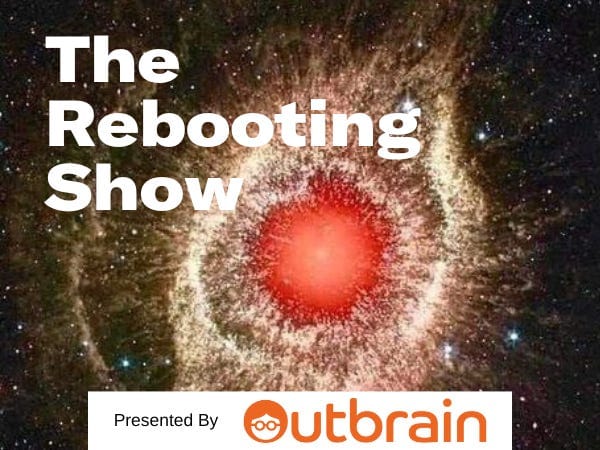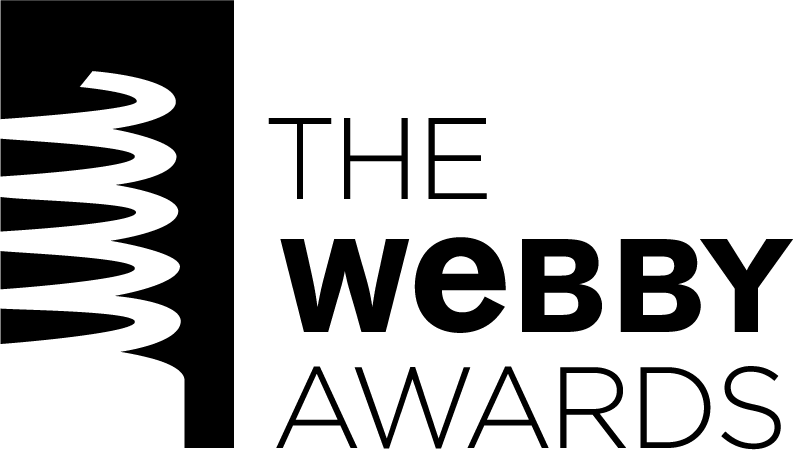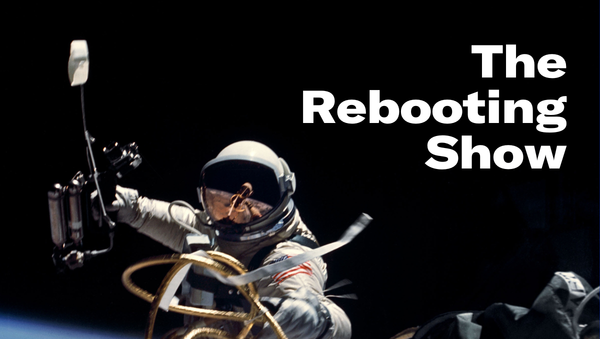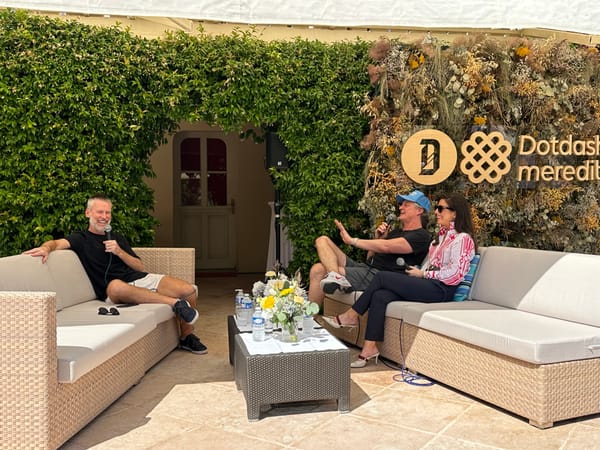The limits of going direct
Publishing as a corporate side hustle is a better idea in boom times
The Consumer Electronics Show is happening in Las Vegas in just a few weeks. The Rebooting has partnered with Outbrain to bring an important conversation to the event. I'll be recording a live podcast on Thursday, Jan. 5, focused on a critical issue: How brands can support independent news, even in an economy that appears headed for a rough patch. I'm going to be joined by GroupM chief innovation officer Krystal Olivieri for this discussion. We're going to get the inside view of how the biggest brands are thinking about how to manage their ad spending to support important initiatives while still delivering results. The event takes place on Thursday, Jan. 5, at Catch restaurant (at the Aria). It kicks off at 11:30am with lunch followed by a View from the Top segment with David Kostman, Outbrain's co-chief executive, followed by my discussion with Krystal and other industry leaders.

The limits of going direct
Back in 2006, Anheuser-Busch made a bold bet that it could go beyond traditional advertising and simply create the media itself. After all, Bud Light was responsible for culturally iconic moments and this was firmly in the “death of the 30-second-spot” era as that era’s thought leaders believed that “only losers pay for it” and consumer control meant the inexorable decline of companies needing publishers to connect with their customers. Enter Bud.tv, a swaggering bet that the beer brand could “do direct” and create its own streaming channel. Bud.tv was a flop.
Most new ideas aren’t that new. The “go direct” mantra of Silicon Valley, seeing its opportunity to create its own media in which I suspect it will be cast as the protagonists, has been a promise of the web for some time, and it’s mostly happened. Only a certain type of tech guy – and they do mostly seem guys – believes in the Musk meme that “the media” is completely corrupt and part of some kind of conspiratorial cabal to muzzle free expression and impede on the business interests of the tech industry. What’s more, Silicon Valley has long viewed advertising as anathema. Jeff Bezos called it a sign of an unremarkable product. Eric Schmidt lectured advertisers to stop scaring people. Elon Musk has said he hates it and has bragged about how he’s used his own celebrity to avoid the need to do it for his companies. Mark Zuckerberg has made many fortunes from advertising but has rarely seemed to take a personal interest in the industry. Tim Cook hates ad targeting, the foundation of digital advertising. Why buy the cow when you can get the milk for free?
One alternative is to skip advertising altogether and create your own media as a company. Whether that means creating Shopify Studios, Coinbase commissioning a hagiography of its founder and “Degen Trilogy” series or Andreesen Horowitz heralding a souped-up blog as the future of tech publishing, tech companies used the boom times to think big as media companies with better business models. That’s hit a wall now. Coinbase has “paused” its NFT trilogy after a single installment, while its former lead investor Andreessen Horowitz is closing its tech publication Future. Weird things get greenlit in boom times, when the stock price is up and to the right. When the market turns – Coinbase’s stock is down 83% the past year and Andreessen’s main crypto fund is down 40% – these are the easiest things to cut.
The problem is these companies read the wrong signals. Anheuser Busch thought that because it made some funny TV commercials, it ould program a streaming channel. Andreessen Horowitz has a ton of expertise to share across a wide variety of topics, leading to success in many blog posts and podcast episodes. I found its podcasts very informative in understanding the basics of crypto, along with Coinbase’s own newsletter, Coinbase Bytes. The problem is when that is interpreted as “permission” to replace independent media. The marketplace will decide whether the “corrupt corporate media” is more trustworthy than a company-run publication. The former got suckered by SBF, after all, but it’s not like Sequoia covered itself in glory. And publishing is not a hits game; it’s a consistency contest.
We tend to view most things as replacements when they’re really augmentations. Tech companies and other companies are experts in their fields and have useful insights, only many will balance those insights with their clear commercial interest. As the cringey cliche goes, No conflict, no interest. My assumption is the end result is co-existence and even cooperation, as independent publishers help companies with distribution of their expert-level content. Seems like a better bet than treating each other as rivals.


How The Mill is making local news profitable
This week, The Rebooting Show is kicking off an end-of-year series that focuses on independent local news operations. I always say solving for sustainable local journalism is the hardest of the hard problems facing the news industry (and society).
I was glad when Outbrain told me they wanted to highlight some of those who are doing the hard work to build sustainable models. Thanks to Outbrain’s support, over the next four weeks, I’m going to speak with the people making progress building sustainable, independent local journalism companies. If you’ll be in Las Vegas for CES, please consider joining us to continue this conversation with those who control the ad spending decisions.
To kick things off, I spoke this week to Joshi Herrmann, the founder of The Mill, a newsletter focused on Manchester – England, not New Hampshire, for those who call it “soccer” – as well as sister publications in Sheffield and Liverpool. Joshi started The Mill in June 2020, and across the three newsletters, the company has 45,000 email subscribers and has converted over 7% to paid subscribers, with 3,300 total. The Sheffield Post has 12,000 email subscribers and has managed to convert an impressive 950 to paid, according to Joshi. The company is near profitability with a small full-time staff augmented with freelancers.
I knew Joshi back when he was running Babe.net in New York. I’ve been impressed with how The Mill is proving that a newsletter model can work in local – and doing so with original reporting. The common knock on the newsletter model applied to local journalism is that it can’t scratch much beyond the surface, and it tends to be mostly aggregation of original reporting still done by local newspapers, however depleted they are.
The Mill and its sister titles are leaning on original reporting and in-depth features as opposed to just aggregation or fluff about local events. (There are many types of local journalism, and something we discuss is the need for journalists themselves to be less snobbish about the only “real” form of journalism being hard-news reporting and investigations.).
Check out the conversation on Apple or Spotify. Thanks again to Outbrain for making this series available. And as a reminder, register to come to the conversation on this topic I’m having at CES on this topic.


The Webby Awards celebrate the best of the Internet. We've expanded our email newsletter category, with awards for best newsletter in business, news & technology; best newsletter by an independent publisher; and more. Last year’s winners included Scott Galloway for No Mercy/No Malice and Garbage Day. Share your work with the best, enter by the final entry deadline on Friday, Dec 16 at webbyawards.com.

Recommendations
Recession watch: Not looking great. Most people I speak to are expecting a rough 12-18 months. Publishers continue to cut back, ad spending forecasts are being trimmed. Some of the pruning is opportunistic – “There’s a nasty expression: You can’t let a perfectly good crisis go to waste,” noted a Moody’s analyst to the WSJ – as companies reel back on bad decisions made in very brief Roaring 20s period. RIP. But recessions are lumpy. Bloomberg Media reports robust growth in its ads and subscriptions business. CEO Scott Havens says total revenue in 2021 was up 20% and ad revenue was up 25%. Bloomberg now has 450,000 digital subscribers, with revenue from subscriptions up 22%.
Publishers are hooked on discounts. Twipe analyzed data on Black Friday, which has inexplicably become something of a global phenomenon, and found that the majority of publishers ran promotional deals, many of which were at low price points. Jack Marshall at Toolkits tracked longer promotional periods. Anecdotally, I’ve seen plenty of “Cyber Week” extensions. The challenge for many publishers will be getting out of growth mode and moving into margin mode.
Apple’s self-interested moves to protect user privacy are a triumph of branding. Its Silicon Valley peers seem to all spend time in the barrel, but Apple usually avoids the vitriol. Mike Shields is just asking questions, including whether Apple’s use to leverage its dominant position in smartphones to get a lucrative foothold in digital advertising will draw attention from regulators. That’s a tough proposition thanks to all the goodwill Apple has built up, ranking regularly at the top of most top global brands lists.
I joked on the Chat for The Rebooting – check it out in the app – that The New Yorker buried the lede in its long profile of Puck co-founder Jon Kelly with the bit about how the newsletter company is busy closing a funding round. Where there’s a lot of press, there’s often someone raising money. I’ve been impressed by Puck’s start. It’s making a differentiated product and striking a good balance between its mantra of “journalists as influencers” and the need for institutional brands (and sub-brands).
Semafor lost its climate editor over a Chevron sponsorship. Obviously, journalists have no control over the advertisers that appear near their work. At its best, there’s alignment between the editorial mission and the advertisers underwriting that mission. I think for advertising to be most effective, particularly in more personal media formats like newsletters and podcasts, there needs to be far better alignment than in a programmatic driven site context. Making money is hard without turning down ad deals, but the experience of many influencers and finance publications facing backlash over “shilling” crypto companies that went belly up is a warning sign. The same goes for investors, and Semafor is waiting out the FTX investigations to figure out what to do with Sam Bankman-Fried as one of their investors.
Everything I’ve seen from ChatGPT – the AI-driven super brain that looks a lot like a credible threat to Google and all kinds of things – indicates it is one of those tech gamechangers that hasn’t come around much recently. It will inevitably lead to a lot of hand wringing over whether AI will replace the humans at the heart of creative work. Like most things, the answer will likely be yes and no. AI will augment creativity in the overwhelming number of cases, automating rote tasks but also putting a premium on more human forms of media.
“Sometimes they just don’t go in.” I liked this video of Jordan Poole discussing a shooting slump. The old mantra “shooters keep shooting” is worth remembering. The past two games, Poole is hitting over 50% of his three pointers.
Not to be a LinkedIn life coach, but I came across again this Ben Horowitz reminder of the importance of resilience: “All the mental energy that you use to elaborate your misery would be far better used trying to find the one, seemingly impossible way out of your current mess. It’s best to spend zero time on what you could have done and all of your time on what you might do.”

Thanks so much for reading. If you’re heading to CES, let me know and please join me for lunch.
For sponsorship opportunities, check out the sales kit and get in touch.




